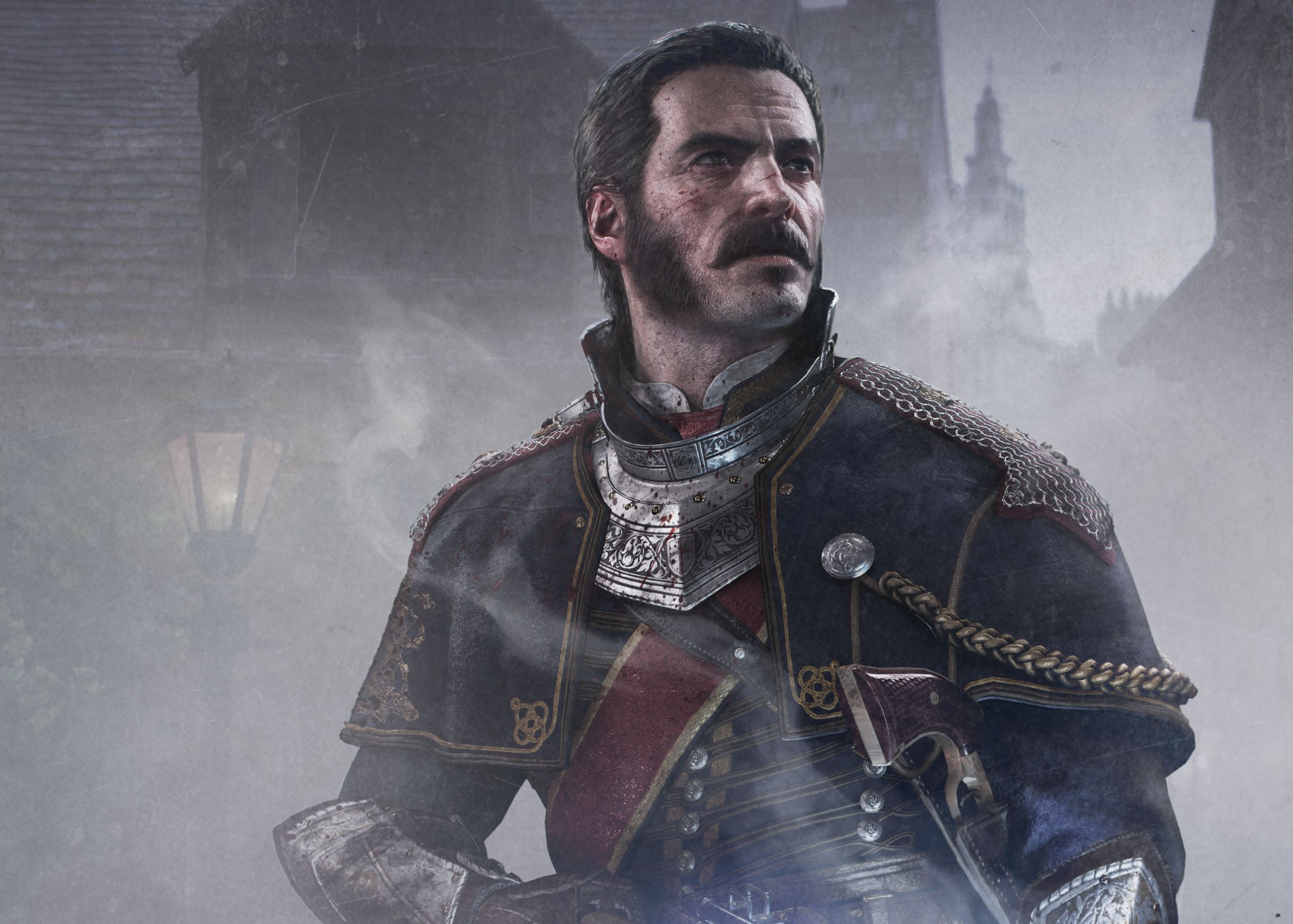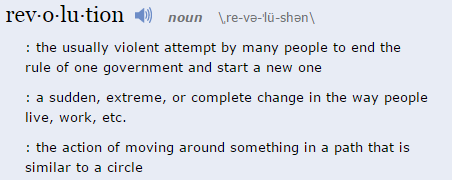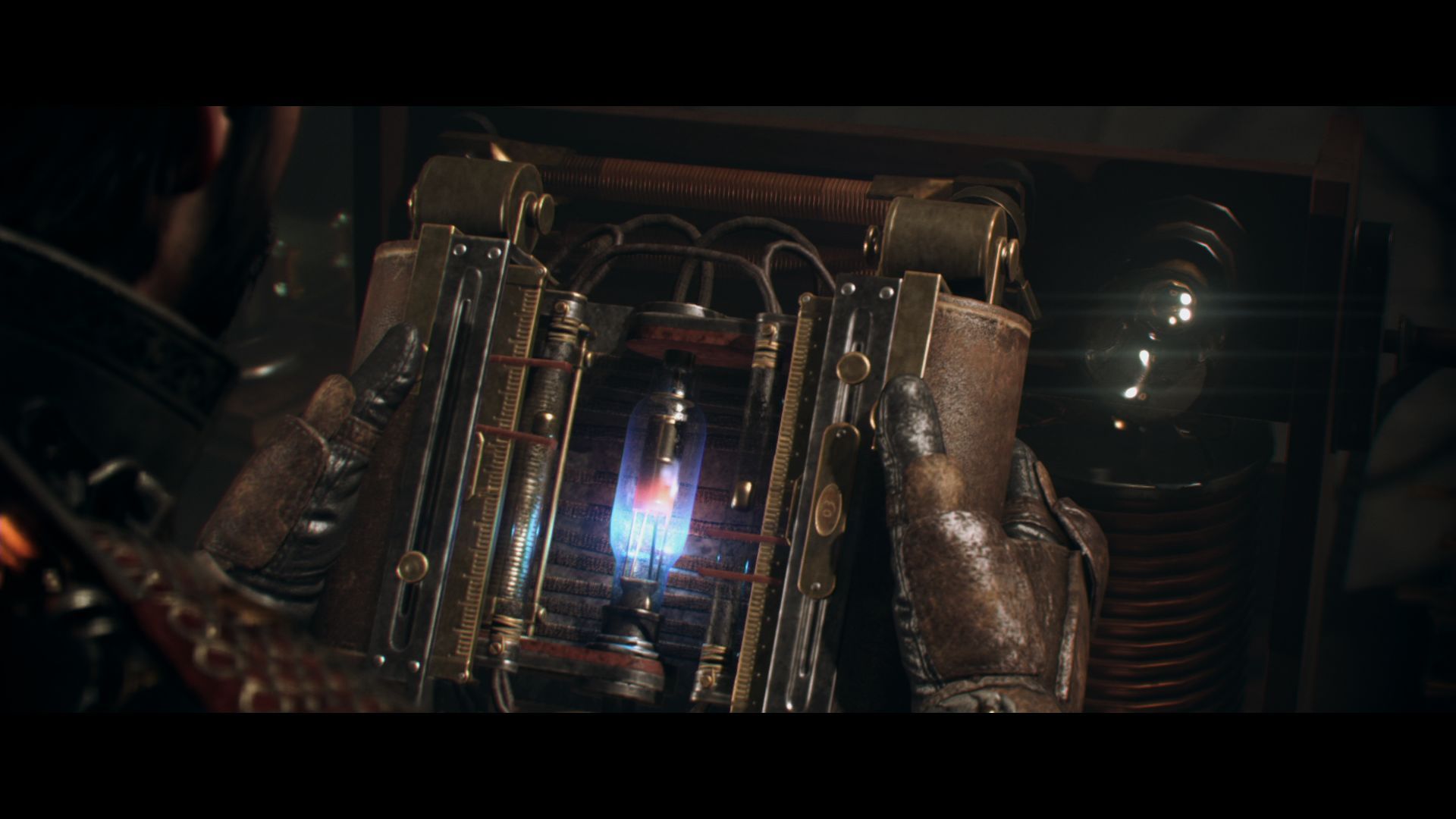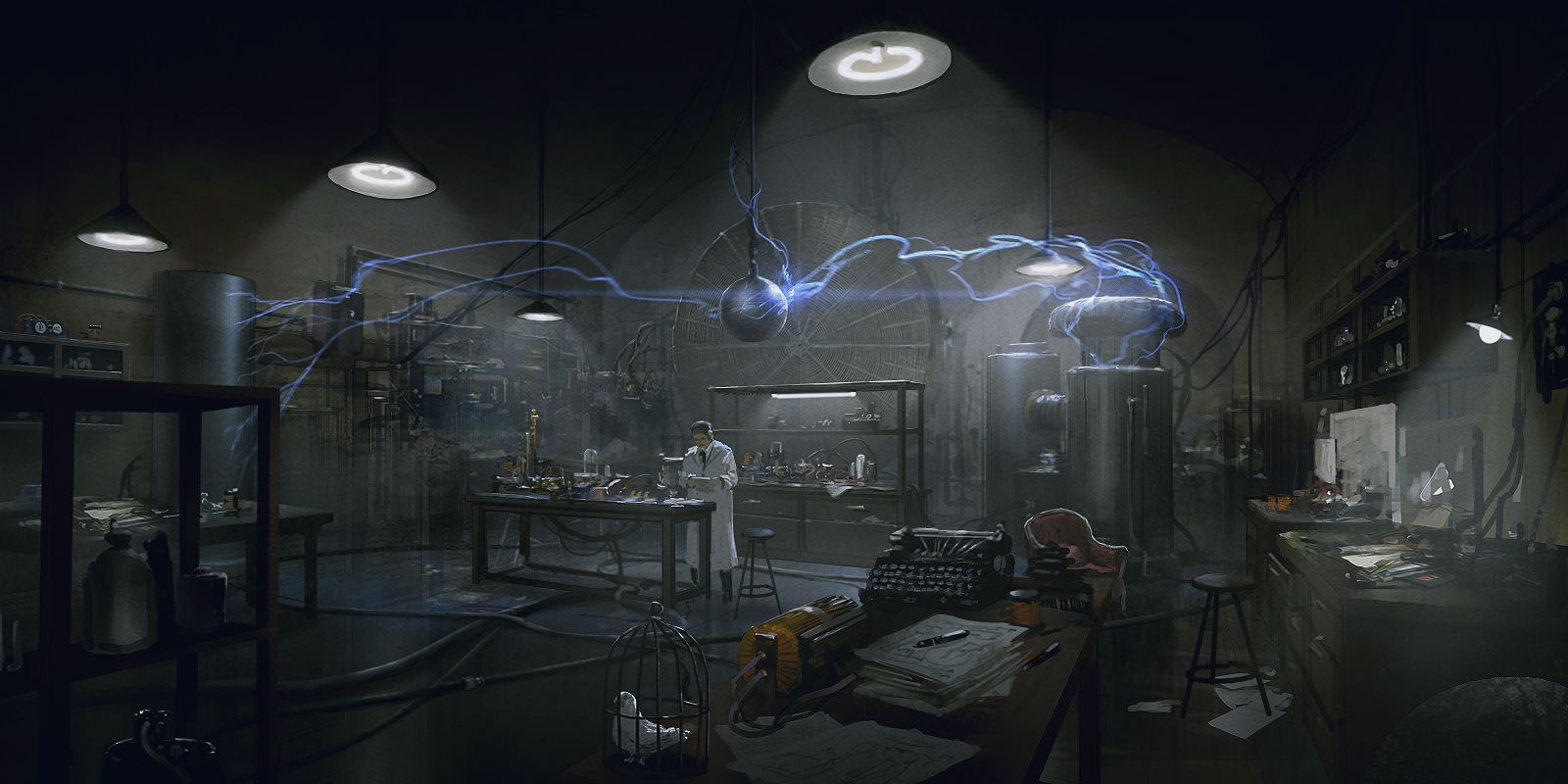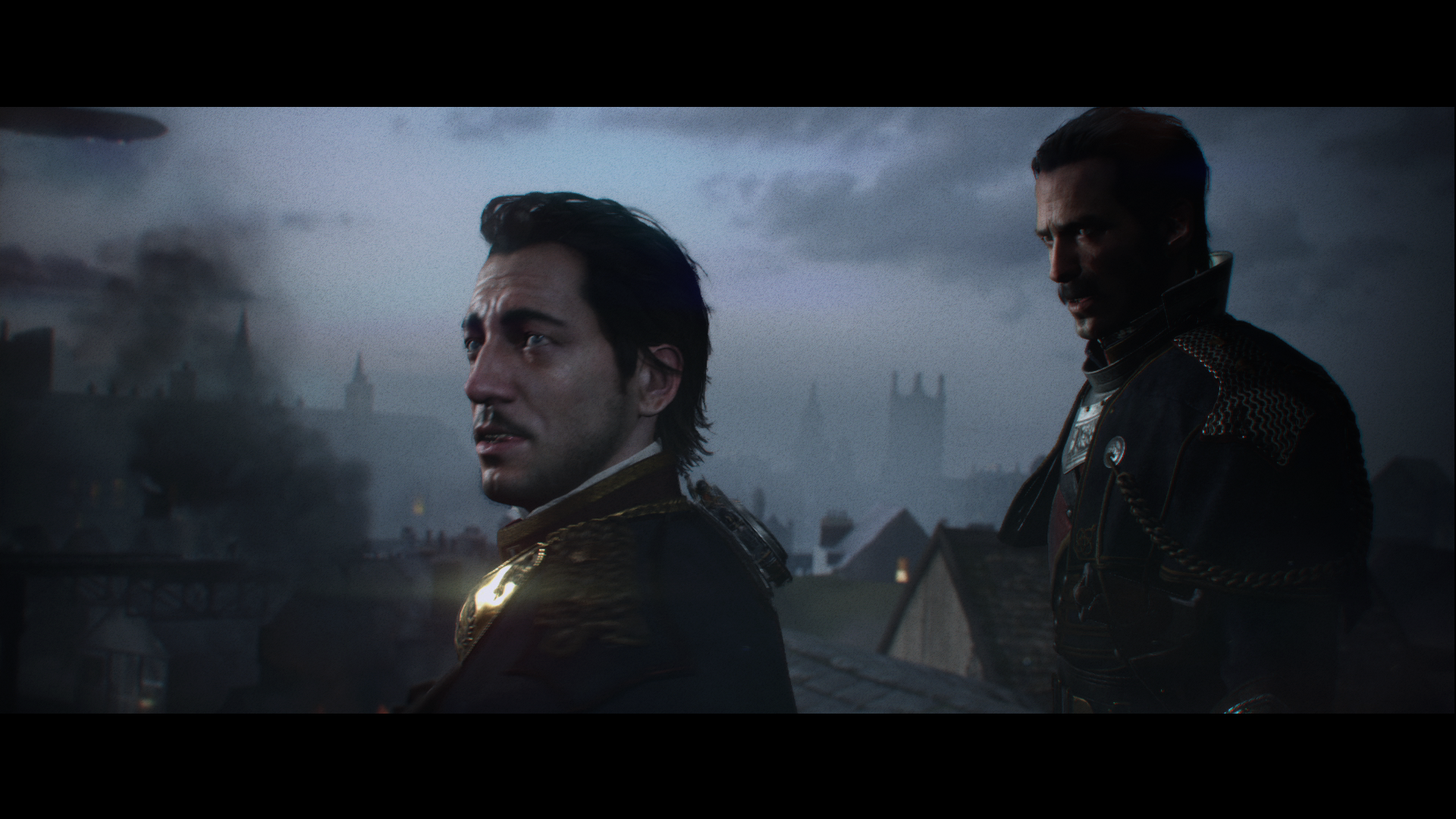The upcoming story-driven shooter by Ready at Dawn Studios The Order: 1886 is going to finally hit the shelves next month, and it's proving quite polarizing. Having spent a lot of time on the show floor at various events, I can't say I met many gamers that didn't love what they played when they tried the demo.
On the other hand there has been quite a lot of very vocal negativity from many, and especially from part of the press. That negativity is probably going to reflect in quite a few reviews, and it's often focused on a simple point: "it's not innovative."
Of course those that have been around for a while will recognize it as the token excuse that is normally used (and often abused) to criticize a game, which normally tends to be a hyped one, when a negative opinion would otherwise sound weak without that bit.
Let us, first and foremost, define what "innovation" is, and what isn't. The Merriam-Webster dictionary comes to our help:
"Innovation" is the simple act of doing something new. Most importantly, "innovation" and "revolution" are completely different concepts.
Why do I bring up "revolution?" Because many of those that utilize the "innovation" criticism when related to games most of the times actually confuse it with "revolution." When they say something is not "innovative." They actually mean it's not "revolutionary."
Finding a game that does absolutely nothing new is actually rather difficult, due to the simple fact that game development is a very creative process. Innovation doesn't just lay on single elements, but also in the combination of them, and there are nearly infinite ways to combine gameplay elements.
A game may not bring to the table any single element that is new by itself, but combine them in a new way, and that is indeed still innovation.
On the other hand, if you (improperly) consider only single gameplay elements, it's very hard to find any game that is innovative, because we're at a stage in which almost everything has been done one way or another (making the point basically meaningless).
One further rather basic mistake made when using the token "not innovative" criticism is that innovation isn't limited to gameplay. A game may not bring specific innovations in the way it plays (and that's quite difficult to achieve already), but it can innovate in the field of technology, or even in storytelling. That's still fully valid innovation, even if many critics simply don't notice, understand or simply consider it (because it's often not convenient for their purpose).
Now that we got out of the way what "innovation" is and what it isn't, let us look at what we've seen so far of The Order: 1886. Of course final judgement on most elements will have to come at release, but there are quite a few things that we can already point out.
First of all, the setting an story itself is an innovation. How many AAA games can you find out there set in an alternate Victorian age, with an order of fanatical knights fighting a two front-war against their own people and a semi-alien race using steampunk-ish technology and weapons?
Let me think about it.... None. Innovation #1. Check.
The game is also rather innovative in the way it tells the story. Cutscenes and gameplay are nearly seamless, with the player not only retaining a limited degree of control during narrative sections, but there's no difference in 3D models and assets between cutscenes and gameplay. This is something definitely new at this level of visual fidelity, where normal gameplay normally utilizes downscaled models because there's more hardware headroom.
The combination of that with the way the camera is utilized to tell the story, with smooth transitions between cutscenes and gameplay and cutscenes and semi-interactive moments is also highly innovative.
The Order: 1886 also innovates in terms of technology. Graphics Programmer Matt Pettineo's talks at Siggraph 2013 and GDC 2014 show quite a few new solutions in how the graphics pipeline is handled, especially in how materials are rendered and shaded.
The combination of those advanced technical solutions is what give The Order: 1886's graphics their very unique feel. Ready at Dawn didn't simply pile on more polygons or bigger textures to make the game look that good, but researched new solutions in rendering and combined them with others that weren't previously used in gaming, and the effect is very visible.
Finally, the game innovates in the field of music as well. This kind of genre and setting normally relies heavily on brass instruments to give that "heroic" and "epic" feel to the score. Composer Jason Graves removed the brass from the picture, on the other hand adding a choir of twenty-four men exclusively belonging to the low end of the scale, even to the exclusion of tenors, that normally are considered nearly indispensable.
We basically took the low 25% of the choir and extended it even lower.
Those elements combined create a very fresh and unique score, and that is, indeed, a form of innovation.
//www.youtube.com/embed/KlYeC3jw1cw?rel=0
Of course, while The Order: 1886 can be considered innovative in its own particular way, the "it's not innovative!" criticism remains a pointless excuse. Innovation is not in any shape or form determining in gauging a game's quality. As a matter of fact, many games that innovated for innovation's sake ended up being lesser experiences, because the tried and true way is "tried and true" for a reason.
That doesn't mean that innovation doesn't have any value, but a game can definitely be fun and interesting even if it's not particularly innovative, and the last time I checked fun was the whole point of gaming.
Ultimately, The Order: 1886 may not be Revolutionary (depending on what you consider a revolution, which is rather subjective), but it definitely is innovative in its own unique ways. It might not radically innovate where some want, but that's irrelevant to whether it's innovative or not.
Update: the original article mentioned the cinematic aspect ratio of the game as an innovation. That is incorrect as, while extremely rare, it has been done before. Therefore the mention has been removed.

